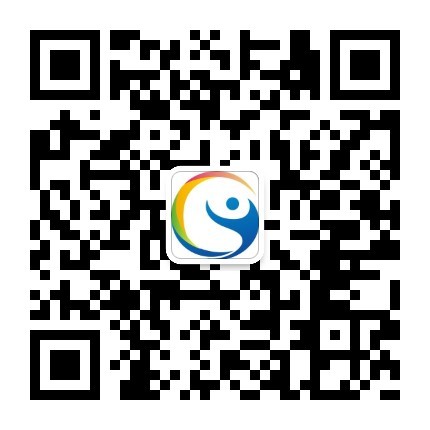研究性学习报告
摘要
本研究报告旨在探讨C++语言的基本特性,从而加深对C++的了解。首先,介绍了C++语言的历史背景,以及它为什么会成为一门流行的语言。其次,介绍了C++语法、数据类型和运算符;然后是函数、循环、条件判断和异常处理。最后,总结了C++的优势和劣势。通过对C++这门语言的学习,可以帮助我们更好地理解它并使用它来开发应用程序。
关键词: C++; 历史; 语法; 数据; 类型; 优势; 劣势
1. Introduction
C++ is a powerful and popular programming language that is used in many applications. It has been around since the early 1980s and has evolved into an efficient and reliable language. In this report, we will discuss the history of C++, its basic features, advantages and disadvantages. We will also look at some of the tools available for developing applications in C++.
2. History of C ++
The development of C ++ began in 1979 as an extension to the existing programming language called “C” which was developed by Dennis Ritchie at Bell Labs in 1972. The original purpose was to provide a better way to write programs with fewer lines of code and more efficient memory management than other languages at that time such as FORTRAN or COBOL. In 1983, Bjarne Stroustrup released the first version of “The C ++ Programming Language” which became one of the most popular programming languages ever created due to its flexibility, efficiency and object-oriented capabilities. Since then it has been used for many different applications including operating systems, web browsers, games, embedded systems and much more.
3. Basic Features Of C ++
There are several basic features that make up a program written in C ++: syntax (the structure), data types (the type of data you can work with), operators (to manipulate data) , functions (to organize code), loops (to repeat sections) , conditionals (to make decisions) , exception handling (for errors). All these features are combined together to create programs that can do anything from simple calculations to complex graphics simulations or artificial intelligence algorithms .
Syntax - This is how you write your program using keywords like if/else/switch for conditionals or for/while/do-while for loops etc . Data types - These include ints (integers), floats(floats) , strings(strings), chars(characters). Operators - These are symbols like +,- * / % etc used to manipulate data . Functions - These are blocks of code written once but can be reused multiple times throughout your program . Loops - These allow you to execute a set number or infinite number of times until a certain condition is met . Conditionals - These allow you to make decisions based on certain conditions being true or false . Exception Handling - This allows you handle errors gracefully without crashing your program completely when something goes wrong .
4 Advantages And Disadvantages Of Using cpp
There are several advantages and disadvantages when using cpp : Advantages include its flexibility , efficiency , object oriented capabilities , portability across platforms and ease of use compared to other languages such as Java or Python . Disadvantages include its steep learning curve which makes it difficult for beginners as well as potential security issues if not properly coded . Additionally some libraries may not be available on all platforms making it difficult for developers who need them on specific platforms .
5 Conclusion
In conclusion , cpp is an incredibly powerful language that has been around since 1983 and continues to be used today due largely in part due its flexibility , efficiency , object oriented capabilities , portability across platforms and ease of use compared with other languages such as Java or Python . Although there may be some drawbacks such as difficulty learning it initially or potential security issues if not coded properly it remains one of the most widely used languages today with many tools available for developing applications quickly efficiently securely
免责声明:
以上内容除特别注明外均来源于网友提问,创作工场回答,未经许可,严谨转载。

